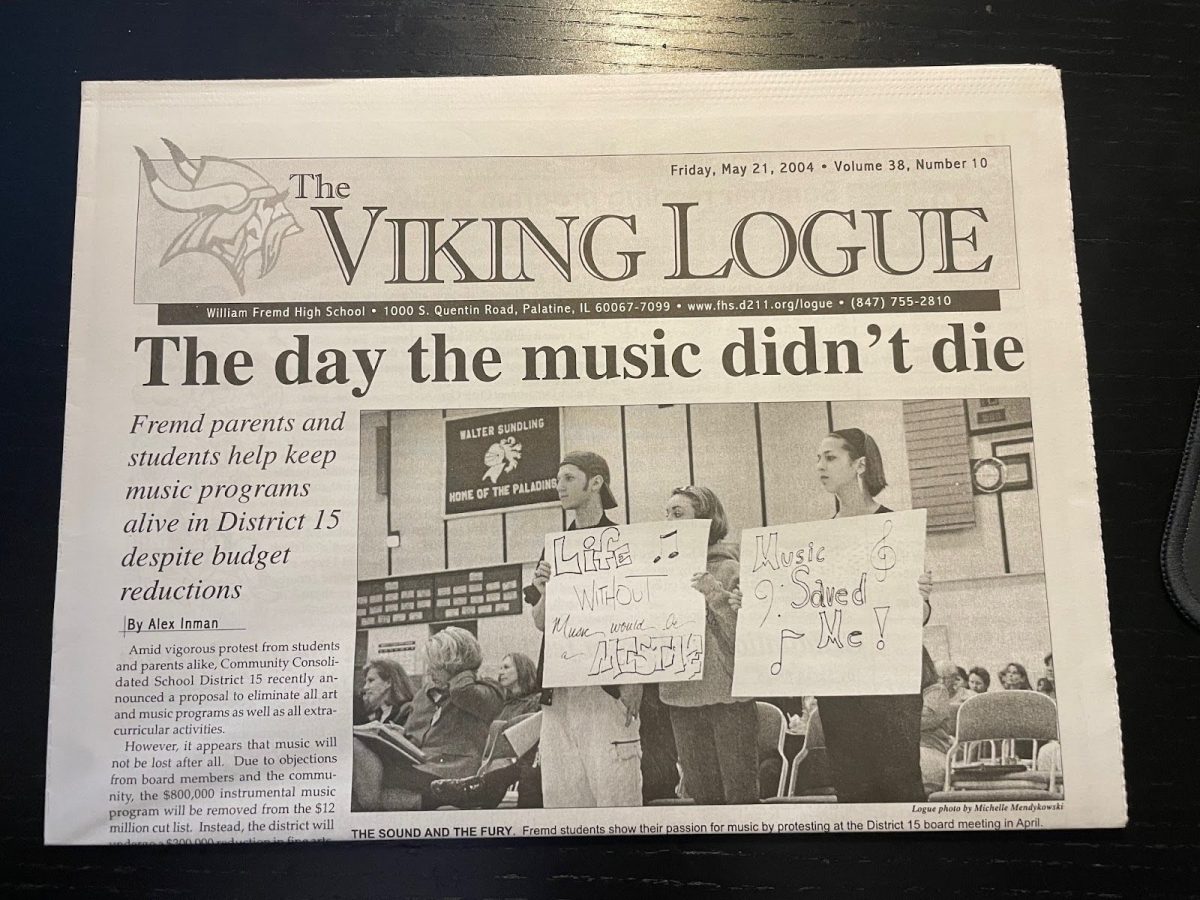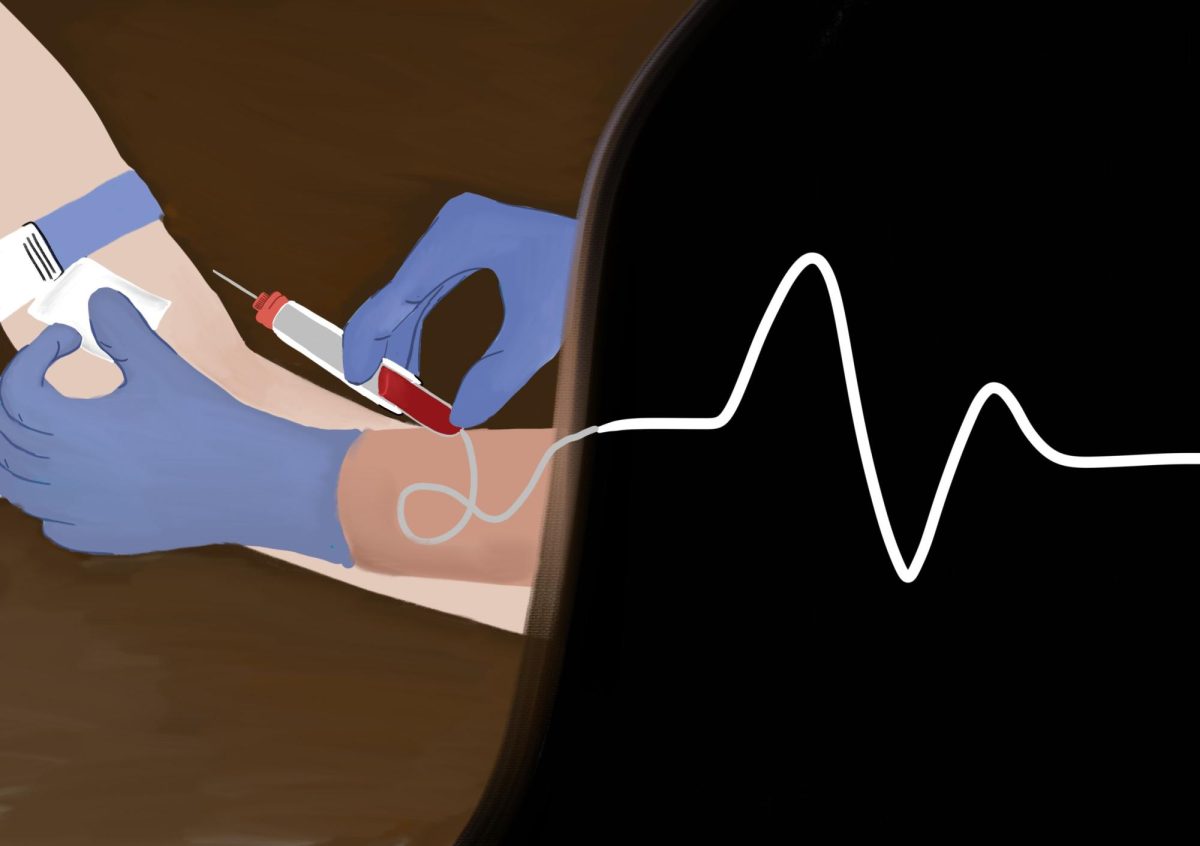On Sep. 26, Hurricane Helene touched down on the Gulf coast of Florida. Hurricane Helene was defined as a category four hurricane, due to high wind speeds (between 130-156 mph), which were likely to cause catastrophic damage. Over two hundred and thirty people have been killed, and more than two hundred million dollars worth of property has been destroyed.
Helene tore through Florida, Tennessee, Georgia, and North and South Carolina, leaving a trail of destruction in its wake. It finally dissipated on Sep. 29. Reparation efforts began in earnest, but the worst was yet to come.
The NHC observed another area of low-pressure within the Western Caribbean sea on the morning of Sep. 26, which would ultimately be the first sighting of Hurricane Milton. Hurricane Milton quickly rose to a dangerous level, rapidly intensifying into a Category 5 hurricane, with winds of over one hundred-eighty miles per hour making it the fifth-most intense Atlantic hurricane ever recorded.
Milton would tear through much of the same areas as did Hurricane Helene, only worsening damages. Milton was estimated to cause areas almost 34 billion in damage, much larger than Helene, and would last much longer as well, finally dissipating near the Bermuda Islands on Oct. 11.
Earth Science teacher Kristen Newby predicts an increase in hurricane severity.
“I think that we can expect to see two things,” Newby said. “We can expect to see more named storms, where named storms are bigger, and we can expect to see that the severity of those storms is also increasing.”
With temperatures increasing globally, winds are getting harsher, and water levels are rising. All of these factors combine together to create conditions viable for intense hurricanes, especially in the Atlantic region, Gulf Coast, and Caribbean. According to NASA, ever since 1980, there has been an average increase of around 0.1 – 0.2 named storms a year.
At the moment, the ramifications of coastal natural disasters have only amounted to increased rainfall and slight weather shifts in the Midwest. In the near future, with the current trend of increasing intense natural disasters, those consequences could affect places that were previously “safe” from these agents of destruction.
Newby emphasizes that these natural disasters can impact locations outside of their contact point.
“These storms are longer in duration and they do have the potential to sit over land for more time, ” Newby said. “We do need to expect that we’re going to see changes up here as a result. Milton brought rain – it was so wide that we were getting rainfall from the tropical storm as it was passing over Illinois.”





